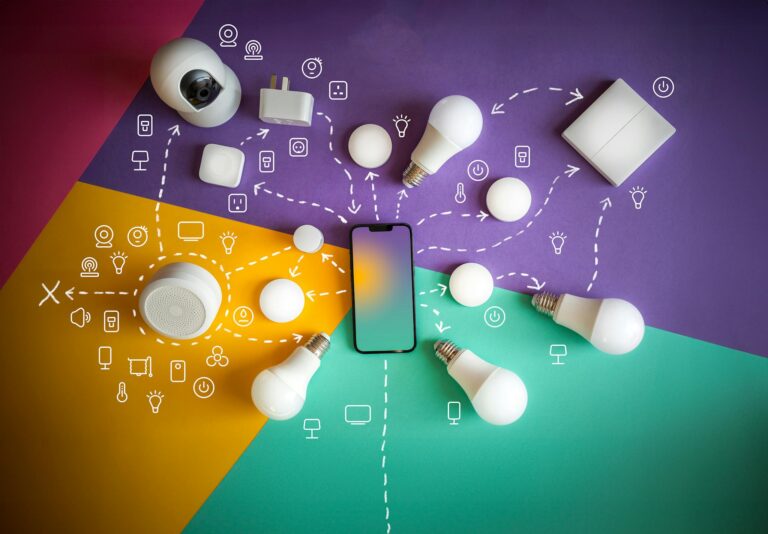The Evolution of Computing Devices: From Abacus to Quantum Computers
Computing devices have come a long way since the invention of the abacus thousands of years ago. From mechanical calculating machines to electronic computers and now quantum computers, the field of computing has witnessed remarkable advancements that have revolutionized how we process information.
The abacus, invented around 2400 BCE, was the first known computing device. It consisted of rods or wires with beads sliding on them, allowing users to perform basic arithmetic calculations. Over the centuries, various other mechanical devices, such as Napier’s bones and Pascal’s calculator, were developed to aid in mathematical computations.
The true breakthrough in computing devices came with the invention of electronic computers in the mid-20th century. These machines, like the ENIAC and the IBM 360, were massive and used vacuum tubes or transistors to perform calculations. They were primarily used for scientific and military applications and were limited in their processing power.
With the advent of integrated circuits and microprocessors, computing devices became smaller, faster, and more accessible. The development of personal computers in the 1970s and 1980s brought computing power to the masses, allowing individuals to perform complex calculations and process data conveniently at home or in the office.
Today, we stand on the cusp of yet another revolution in computing – quantum computers. These devices harness the principles of quantum mechanics to perform computations exponentially faster than classical computers. While still in the experimental stage, quantum computers show immense promise in solving complex problems that are beyond the capabilities of traditional computers.
Positive sentiment
The evolution of computing devices has had a profound positive impact on society. From enabling scientific breakthroughs to improving efficiency in various industries, computing devices have become an integral part of our daily lives. They have revolutionized communication, transformed industries, and empowered individuals and businesses to innovate and thrive.
Conclusion
The history of computing devices is a testament to our insatiable thirst for knowledge and innovation. From ancient abacuses to the powerful quantum computers of the future, the evolution of computing devices has shaped the world we live in. As we continue to push the boundaries of technology, who knows what marvels the future holds for computing devices?




